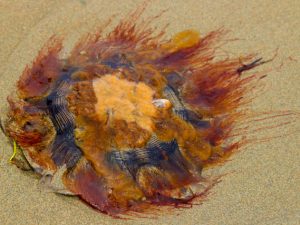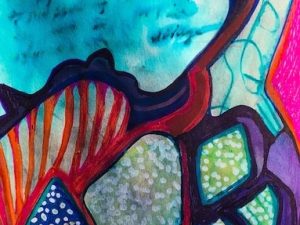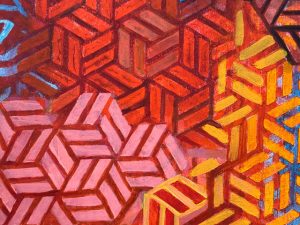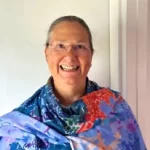Notes on Art and Spirituality from Camp 2016
2 Comments
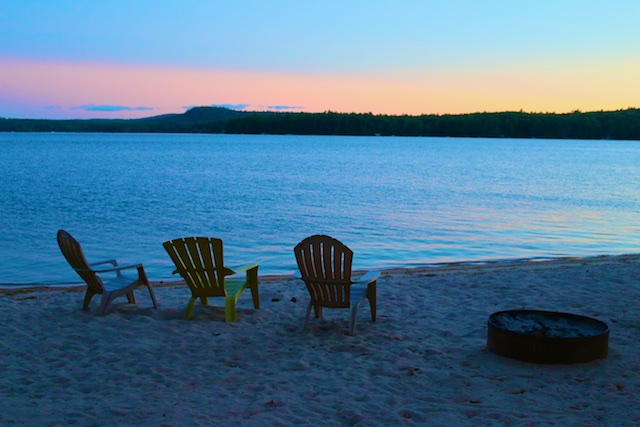
–
Here are my notes from Creative Arts Camp 2016 along with a few miscellaneous photos:
Notes from my painting class:
- Oil paintings naturally have blended edges and you have to work to get sharp edges. Acrylics are the other way around; they have naturally sharp edges and you have to work to make them soft.
- Start with a wet brush.
- Painting is all about contrast. You need a contrast of edges. To direct the eye to where you want it to go, put a hard edge there and leave the rest soft. A hard edge is like stomping a foot, and a soft edge is a whisper. But the single most important contrast in your work needs to be value contrast. Without this you do not have a painting.
- Use raw umber for first layer values.
- It doesn’t matter what you paint, it is about what you do with what you paint. Paint interesting shapes, not things.
- Washes are done with water added to the acrylic. Glazes are done with medium added to acrylics. A tint has white added to the acrylics. A shade has black added to the acrylics. Tone is colors added to other colors.
- Cadmium colors are more opaque and reflective.
- Color defined by: Hue, Value, Intensity (outside of color wheel), Neutral (inside of color wheel), Chroma.
- For a dynamic painting: a predominance of one thing and a little of its opposite.
- Your eye goes first to value contrast and then goes to intensity of color.
- How to win shows: Predominance of color and value and small bits of their opposites.
- Textures are many individual shapes that grow out of masses.
- Brush strokes are fatter at the beginning and thinner at the end so turn your painting upside down to use that to your advantage when you are doing grasses, etc.
- For especially luminous places, paint over underpainting with gesso and then glaze.
- 1 teaspoon of glycerine in one large container of water slows the drying time of acrylics which is especially helpful when painting in plein air or doing mono prints.
- Water is invisible. You can only paint what water does to other things: it reflects, it distorts, it is a transparency, etc.
- Paintings have the potential of leading thought.
- Art making is extremely healing. Think about beauty and creativity; it is very uplifting.
Notes on Spirituality:
- Do what is enriching.
- Read Paul Grimes article on Inspiration for a Healer
- Divine Love “designates and leads the way.” The word design is in the word designates. God is the one designer.
- “Vain were all our toil and labor,/Did not God that labor bless;/Vain without His grace and favor,/Every talent we possess.” Hymn 364 verse 2
- “Right motives give pinions to thought, and strength and freedom to speech and action,” says Mary Baker Eddy. “Pinions” can mean feathers which enable us to fly and soar, but they can also mean cogs by which everything turns.
- “You are what you eat” (no!) “You are what you think” (better) “You are what you love.” (better yet) You are what God loves.” (best)
- Get specific about fear in order to handle it better. Is it hesitation, commentary, insecurity, danger, etc?
- Get farther and farther away from any sort of commentary until you are fully in the moment.
- Shadows cannot fasten themselves to sunbeams.
- The way expands as we walk in it.
- I will believe the truth about myself no matter how beautiful it is.
- Nothing that is not you can survive your presence.
From Susan Newbold’s presentation:
- Art is about giving. It is a gift to your fellow man. What brings it down is ego.
- It is not important what other people think. Once you realize that, it takes the anxiety out of art making.
- Perseverance is needed to make art. Keep at it; there is not instant gratification.
- When you are really trying to see, something amazing happens.
- Art is also a way to express gratitude.
- Transformation takes place during art making.
- Art is solitude, listening, and receptivity.
- Just start. Stay fresh. Collaborate and take classes. Get a constantly new flow of information.
On writing:
- Woody Allen says the secret of writing is showing up.
- “Don’t figure out what other people want to hear from you; figure out what you have to say. It’s the one and only thing you have to offer.” Barbara Kingsolver
Lessons from singing rounds:
- Listen
- keep going
- do your own part not someone else’s
- come in at the right time and place
- don’t be too loud
- contribute but don’t take over
- focus on yourself but be aware of the group
- accommodate others while holding your own
- learn bite sized pieces and string them together
- be in the rhythm
- be steady and count
- stop when you should
- harmonize beautifully
–

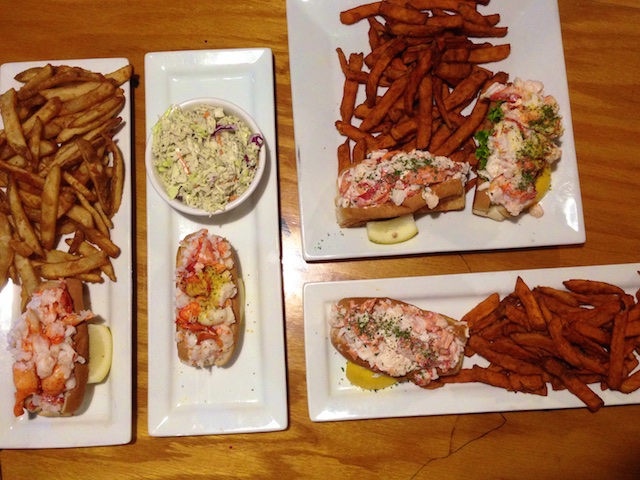

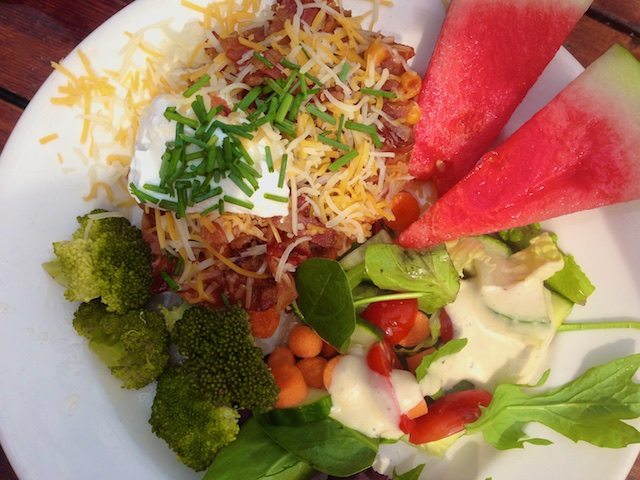



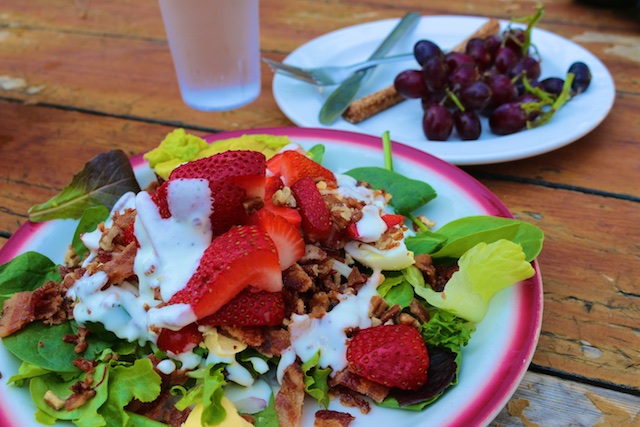

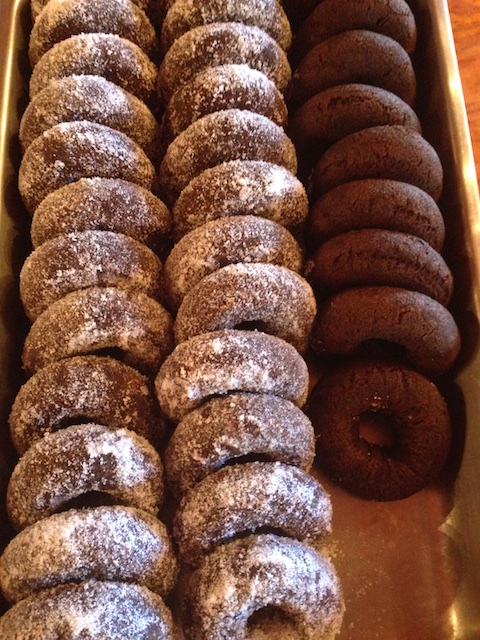


2 Comments
-
Beautiful! Love all the notes and photos!
-
Thanks soooo much for this, Polly! It was a “trip back”! Really touched that you remembered my talk! Xo

